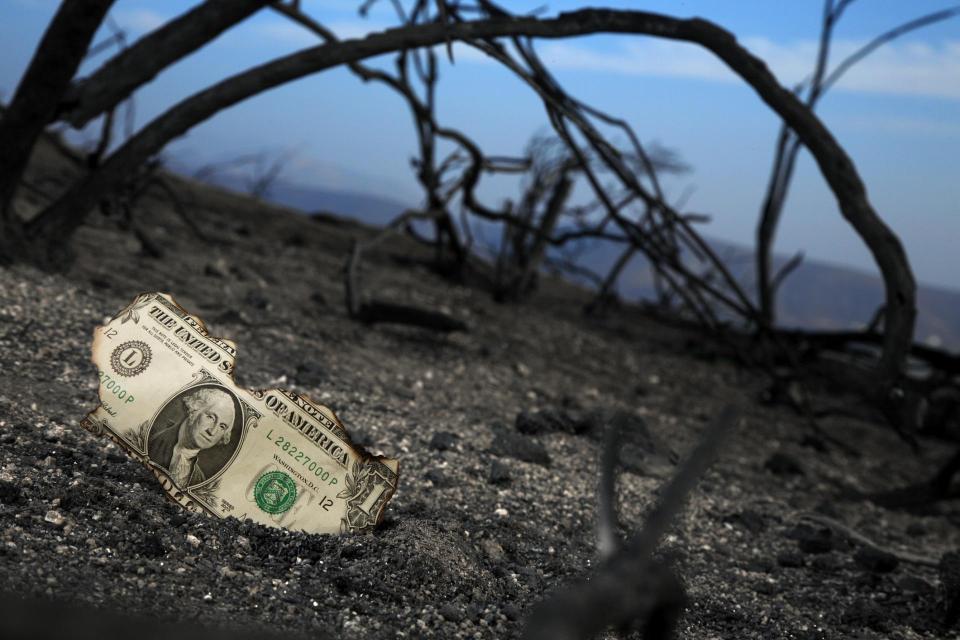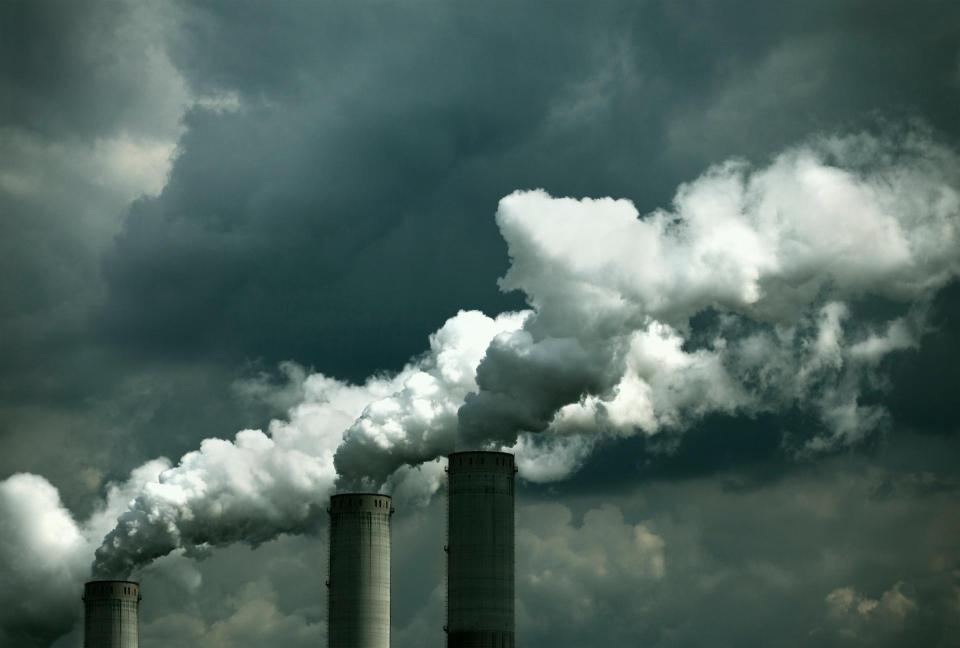UC Davis Study: Extreme Weather Could Bring Next Recession
Market needs to plan for weather risk, or face extreme correction

Professor Paul Griffin details new research surrounding financial market risk from extreme weather events in a new paper published Feb. 17 in the journal Nature Energy.
Quick Summary
- Despite obvious market risks brought by fires, floods and other events, asset managers are slow to react
- Historic patterns cannot guide the future because weather is changing too fast
The paper, “Energy Finance Must Account for Extreme Weather Risk,” was published Feb. 17 in the journal Nature Energy.
“If the market doesn’t do a better job of accounting for climate, we could have a recession — the likes of which we’ve never seen before,” said the article’s author, Paul Griffin, an accounting professor at the UC Davis Graduate School of Management.
The central message in his latest research is that there is too much “unpriced risk” in the energy market. “Unpriced risk was the main cause of the Great Recession in 2007-2008,” Griffin said. “Right now, energy companies shoulder much of that risk. The market needs to better assess risk, and factor a risk of extreme weather into securities prices,” he said.

For example, excessive high temperatures, like those experienced in the United States and Europe last summer, can be deadly. Not only do they disrupt agriculture, harm human health and stunt economic growth, they also can overwhelm and shut down vast parts of energy delivery, as they did in Northern California when PG&E shut down delivery during fires and weather that could trigger fire. Extreme weather can also threaten other services such as water delivery and transportation, which in turn affects businesses, families and entire cities and regions, sometimes permanently. All of this strains local and broader economies.
“Despite these obvious risks, investors and asset managers have been conspicuously slow to connect physical climate risk to company market valuations,” Griffin said in his article.
“Loss of property is what grabs all the headlines, but how are businesses coping? Threats to businesses could disrupt the entire economic system.”
Energy infrastructure, insurance, legal liability
Climate-vulnerable locations also factor into risk for energy markets. In the United States, U.S. oil refining is located on the Gulf Coast, an area exposed to sea-level rise and intense storms. Oil refining in Benicia and Richmond, in Northern California, can be exposed to coastal flooding. Energy companies’ transmission infrastructure is located in arid areas, increasing risk of damage, such as the destruction from recent wildfires in California. In addition, it is not clear insurance will be available to cover such risks. Add to those risks, Griffin said, “litigation, sanctions and even loss of business from the property destroyed.

“The climate litigation risk already priced into energy stocks (after, for example, a protracted ExxonMobil court case in the 1990s) would prove insufficient.”
Extreme weather climate risk, in summary, is hard to predict.
“While proprietary climate risk models my help some firms and organizations better understand future conditions attributable to climate change, extreme weather risk is still highly problematic from a risk estimation standpoint,” he concluded in the article.
“This is because with climate change, the patterns of the past are no guide to the future, whether it be one year, five years or 20 years out. Investors may also normalize extreme weather impacts over time, discounting their future importance.”
Media Contacts
Karen Nikos-Rose, News and Media Relations, 530-219-5472, kmnikos@ucdavis.edu
Tim Akin, Graduate School of Management, 530-752-7362, tmakin@ucdavis.edu